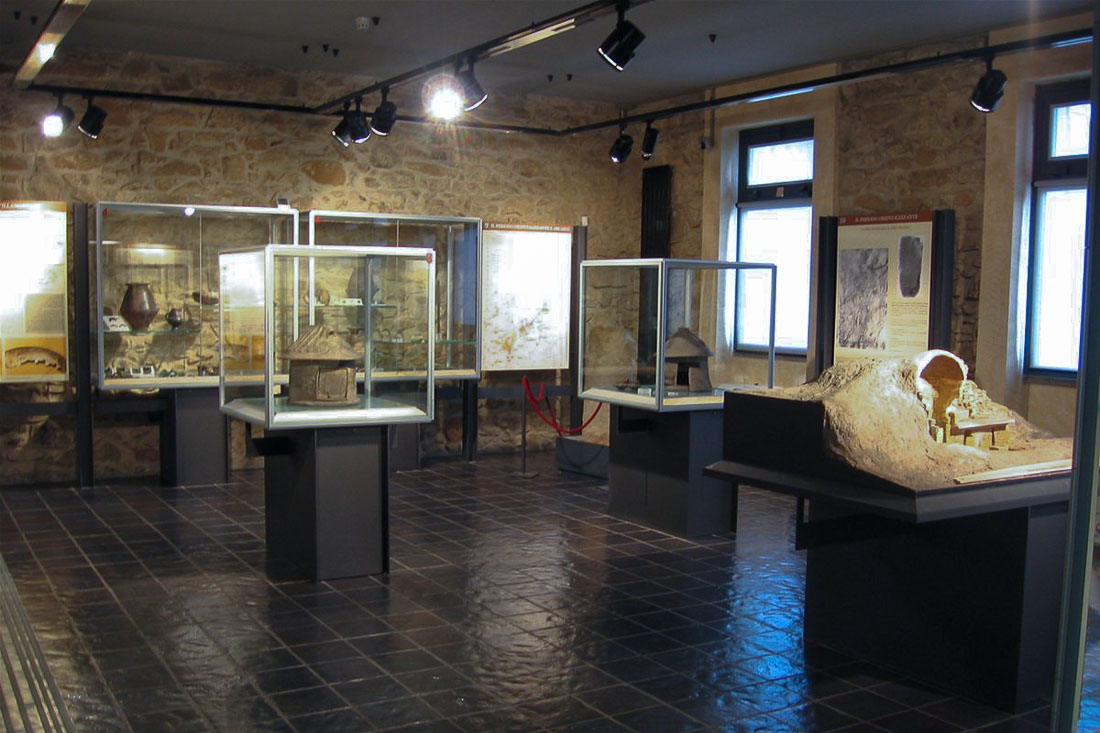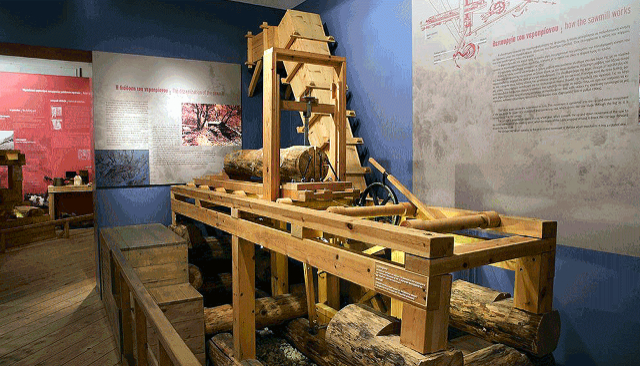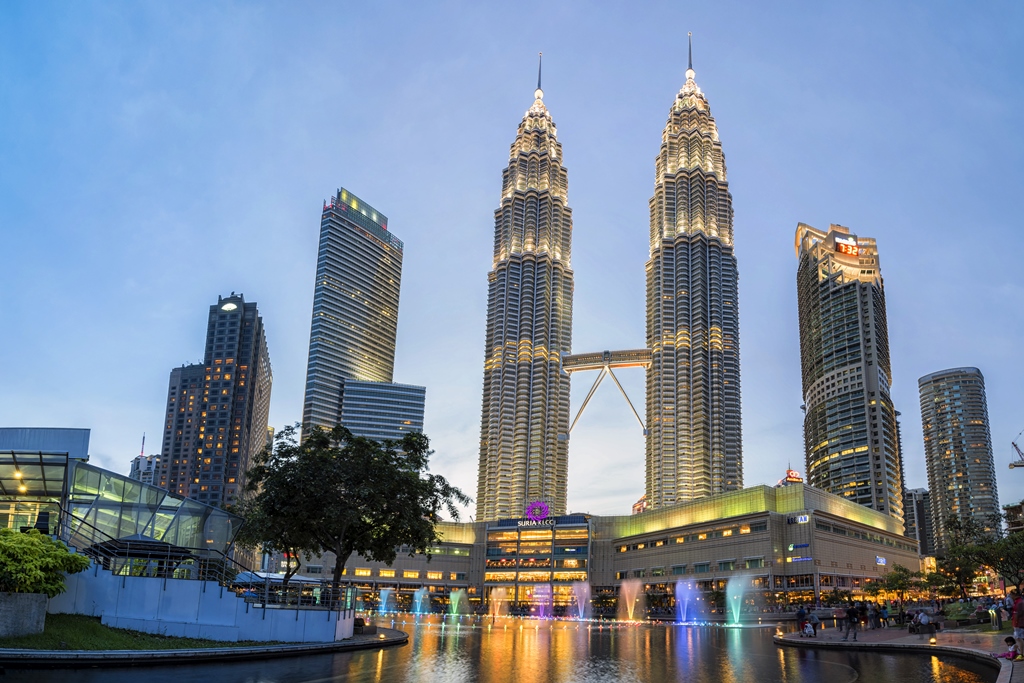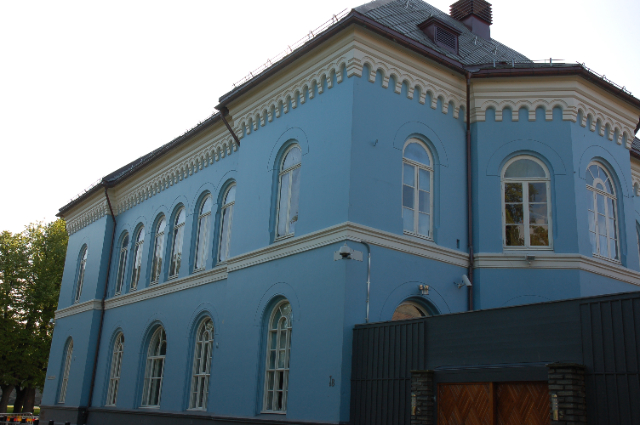The Civic Archaeological Museum of Vetulonia describes the history of the territory hosting, according to a chronological-topographical order, finds from the remains of the town and the necropolis of Vetulonia, but also from the territorial area controlled by it.
Of particular interest are the finds coming from the Villanov¬iane necropolis (IX-VIII century B.C.) with the urns configured as a hut, suitable to house the ashes of the deceased belonging to a high class (room A).
To the following period, the Orientalizing (7th century B.C.), date back the so called circle tombs: among these, for quality and type of objects, the First Fur Circle and that of the Silver Leoncini with the presence of gold objects (rooms A, B).
From a circle tomb, called the Warrior’s tomb, comes the stele of Auvele Feluske in which the deceased is represented as an armed warrior (room A).
The most famous monumental burials, chamber burials with mound of earth, are represented by the remains of the grave goods of the Diavolino (room B) and especially the grave goods of the Golden Fibula with the precious fibula from which the burial takes its name (room A).
The vitality of the territory is also testified by the grave goods from the mounds of Poggio Pelliccia (room C) and Val Berretta with goldsmithery and imported Greek ceramics (room D).
The finds coming from the votive deposit found near Costa Murata document the history of Vetulonia in the classical age (V-IV century B.C.): the presence of painted ceramics imported from Greece, in particular from Athens, is substantial, among which there is a crater with the representation of the ransom of Hector’s body attributable to the circle of the Greek painter Lydòs (room B).
The phases of the city’s life in the Hellenistic period (3rd-2nd century B.C.) are exemplified by the exhibition of finds from the excavations of the inhabited quarters of this period (Halls E-G).
In order to make the community aware of the complex and the richness of the archaeological materials found in the Vetulonian territory and preserved in different locations, since 2002 the Museum has prepared, in agreement with the Archaeological Superintendence for Tuscany, the setting up of exhibitions-events with the temporary exhibition of trousseaus or complexes of objects of particular interest.
At the same time, starting from 2004, the permanent exhibition has been enriched with other valuable finds granted in storage by the Superintendence itself or donated by private inhabitants of Vetulonia and the municipal territory. An avant-garde path, intended for the blind and visually impaired, has been set up since 2005 inside a part of the museum premises and includes the possibility of implementing tactile laboratories with authentic exhibits.













